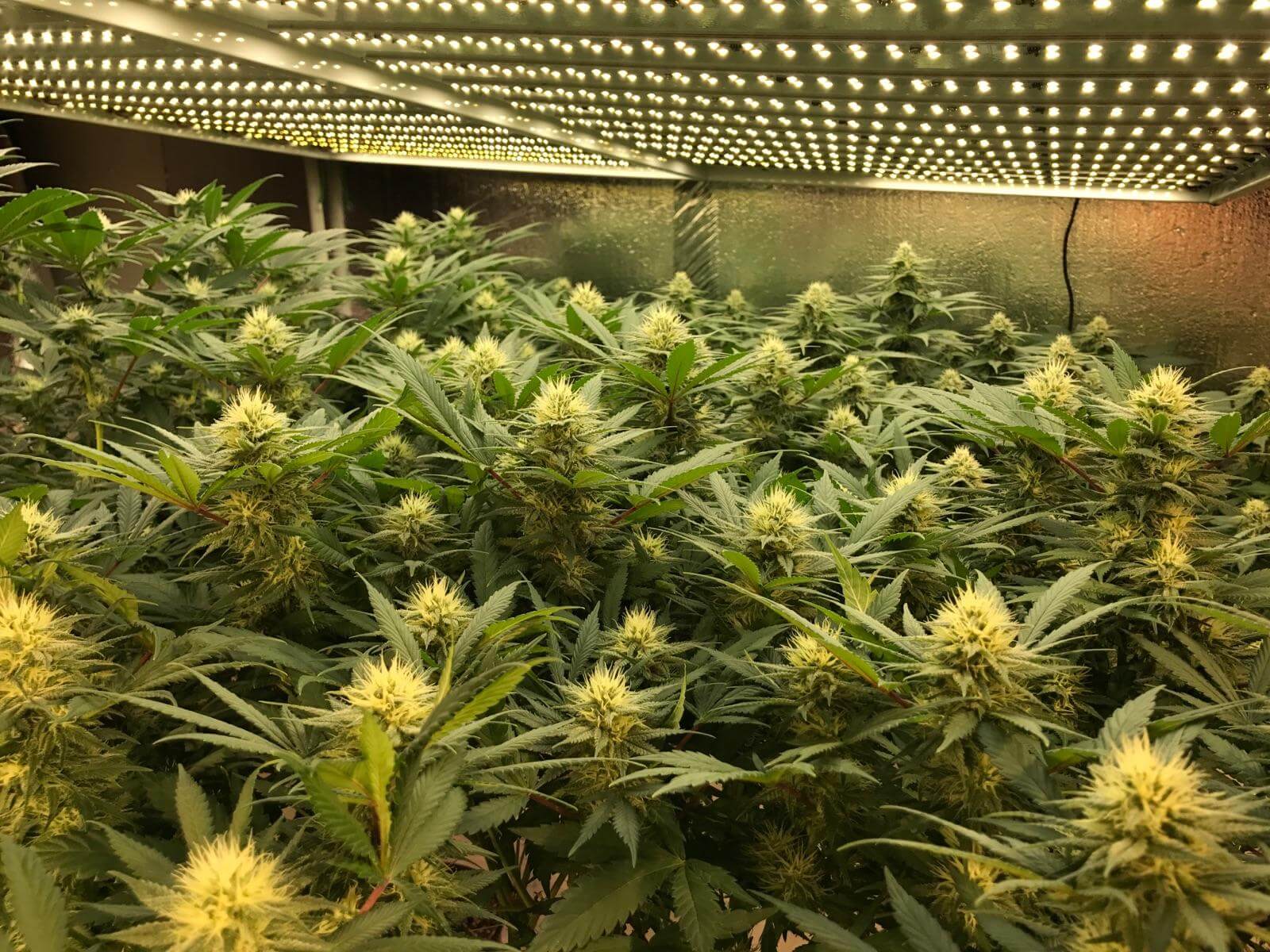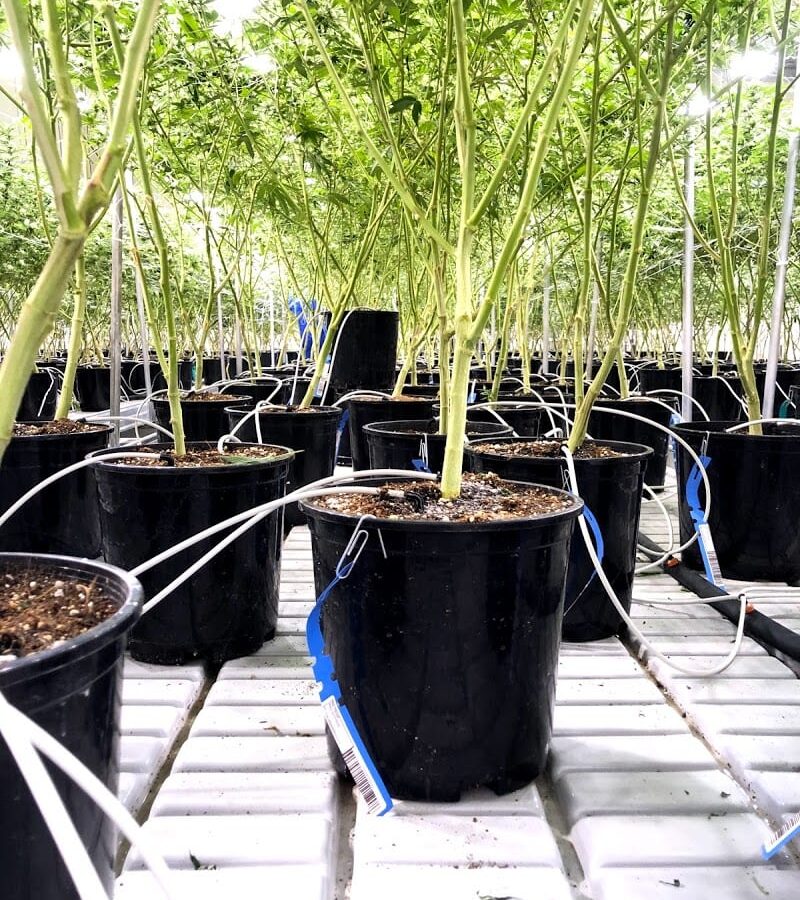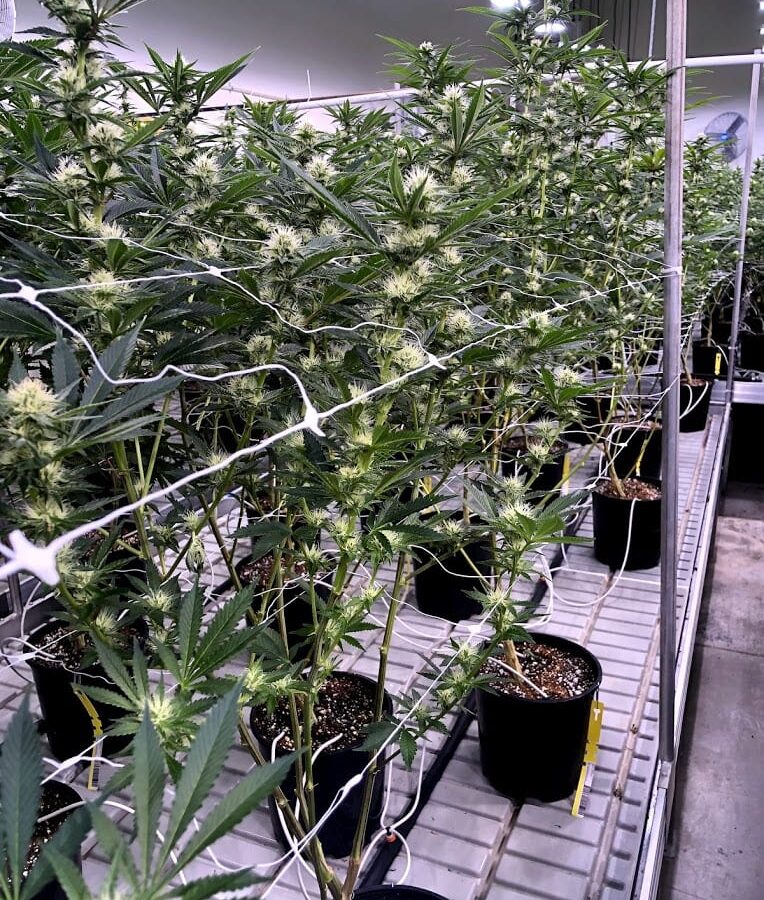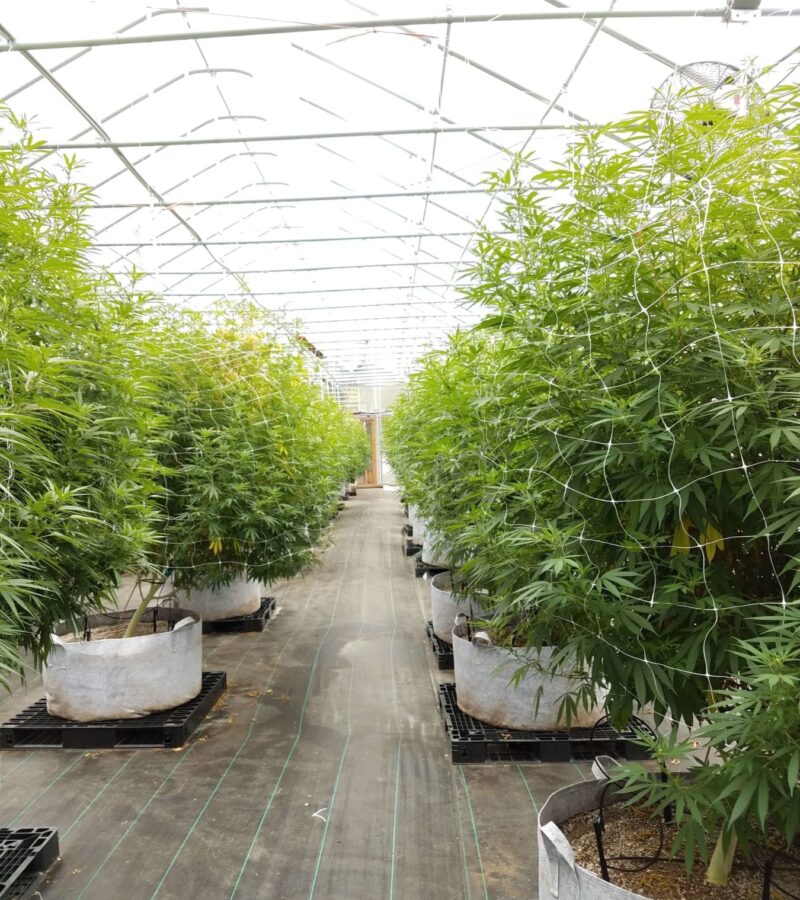A Grower's Project
Several years ago I undertook a project to find which hydroponic nutrient profile(s) produced the highest cannabis yield. The project ended after 10 years and more than 25 crops. I was that convinced of the control nutrients gave me, and just as determined not to let the project end until I proved it to myself. That never happened.
As a starting point I set out to collect as many published cannabis nutrient profiles as I could find. To my surprise I could only find two sets of recommended cannabis profiles, one published by Mel Frank in his Marijuana Grower’s Insider’s Guide, the other by pH Imbalance (no relation to myself) in his MJ Growers Handbook, both are shown further below.

Stage of Growth
The first thing you’ll notice about the profiles is that they change according to the stage of growth for the crop, three stages for those in the Marijuana Grower’s Insider’s Guide, and four for those in the MJ Growers Handbook. While three or four reservoir changes aren’t unusual for a hydroponic grower to endure, I’ve seen many stage of growth schedules recommended by individuals and fertilizer manufacturers that called for more, some as often as every week (for a typical 90 day crop that’s 13 reservoir changes). A nutrient solution is generally changed for two reasons. Primarily, to prevent its profile from becoming dangerously depleted or out of balance from overuse, secondly, because the grower simply wanted to change the nutrient profile in order to follow a certain stage of growth schedule even if the solution still has the better part of its life remaining.
A grower should be aware that anyone recommending a reservoir change every week without knowing the size of the reservoir and the area of growth it supports is probably playing it safe at the grower’s expense for both labor and fertilizer costs (for more information on reservoir changes see this nutrient solution management article). Going on the assumption that the stage of growth recommendations produced acceptable results, the project included as many as twelve reservoir changes and as few as three (including the initial first mix) even though the size of the reservoir and the growth it supports dictate that only three changes were required. I found no difference in yields, but I did spend more time working harder and using more fertilizer than I needed to whenever more than three reservoir changes were made.

More is Better?
The second thing you’ll notice about the profiles is that some are much stronger than others, with the growth stage formulas being the strongest. However, even within the same stage of growth the authors don’t seem to be of the same mind. This suggests that cannabis produces equally well under a wide range of nutrient strengths and profiles, and that using more is not necessarily better when using less gives the same results as using more.
The nutrient profiles used during this project varied according to Mel Frank’s recommendations for both moderate and strong light gardens. It was discovered that using 250ppm N during the growth stage produced no faster growth nor higher yields than using the 100ppm N found in his flowering profile (the one highlighted red in the For Flowering section below), and that the same flowering profile could also be used during the first two weeks of growth. It became apparent that using growth stage as a prerequisite for managing a cannabis crop’s nutrient profile was not only overstated, but strengths and profiles were overstated as well.
While this may not be the case with other hydroponically grown crops such as tomatoes, it does suggest that cannabis has simpler needs than many people and fertilizer manufactures advocate. In fact, using his 100N-100P-200K-60Mg flowering profile for all stages of growth with just three reservoir changes produced the same yields as twelve reservoir changes and stronger profiles did. Doing less and using less produced the same results as doing more and using more.

Recommended Profile Target
Where the 100N-100P-200K-60Mg target profile relates to General Hydroponics Flora Series 3 part liquid fertilizer products, the same profile can be mixed without using any of the GH Grow component. If one carefully reads the labels, he’ll find the Micro component actually contains more N than the Grow, and the Grow component contains nothing else that isn’t already contained in the Micro and Bloom components. Substituting a little more of the Micro component to make up for the missing Grow precludes the use of the Grow component altogether.
Deviations from a given target are to be expected when using any premixed fertilizer, even 3 part products, due to the pre-determined ratio between elements contained in each part. More often than not, increasing the content of one element to match its target perfectly causes other elements to move off-target. Given cannabis’ apparent immunity to a wide range of profiles, small compromises from the target are of no consequence, but often annoying. The profile arrived at during the project used just the Micro and Bloom GH Flora components at a convenient 1:2 usage rate, though any comparable fertilizer product(s) could be used to reproduce the profile. It translates into the following formula.
N-P-K-Mg ppm
ml/US Gallon GH Flora
Est TDS@.7
Est Cost/ResGal
122-99-171-68
7.5M-15B-0G
1251
$0.15
This formula has proven itself to be one that can be used for all stages of growth, under HID lighting of various intensities, and when using a variety of hydroponic systems with a reasonably good quality source water. What is most notable, however, is in the interest of efficiency, low maintenance, ease of use, fewer products to purchase, equally high yields and equally healthy plants. For expedience, that GH formula was rounded to 8M-16B-0G, which has become widely known in Internet cannabis circles as the Lucas formula.

About The Published Nutrient Profiles
The published profiles are shown here for those wishing to use them as a starting point for their own project. And though directly below each given set of ranges, in italics, are mixes for the General Hydroponics Flora Series brand of fertilizer, you can use the Profile Calculator below to match your brand of fertilizer with a profile. The mixes were designed to match, as closely as possible, the high end of the recommended ranges. In normal reservoir maintenance, where only plain water is added back to the solution, mixes can be made nearer the high end of the recommended ranges. This will account for the normal attrition of elements occurring over the life of the solution, and by the time the solution is ready to be replaced its content should be nearer the low end of the range.
Mixes are shown in the format ml/gal M-B-G to indicate the milliliters per US gallon for General Hydroponics Flora Micro, Bloom, and Grow components respectively (Hard Water Micro is not used here). The number accompanying each component (for example 1M-1B-1G) indicates the milliliters per US Gallon to be used for that component. Following each mix is its primary nutrient content in elemental ppm for N-P-K-Mg, as well as the metered TDSppm@.7 for the mix, and the cost per reservoir gallon for the mix.

